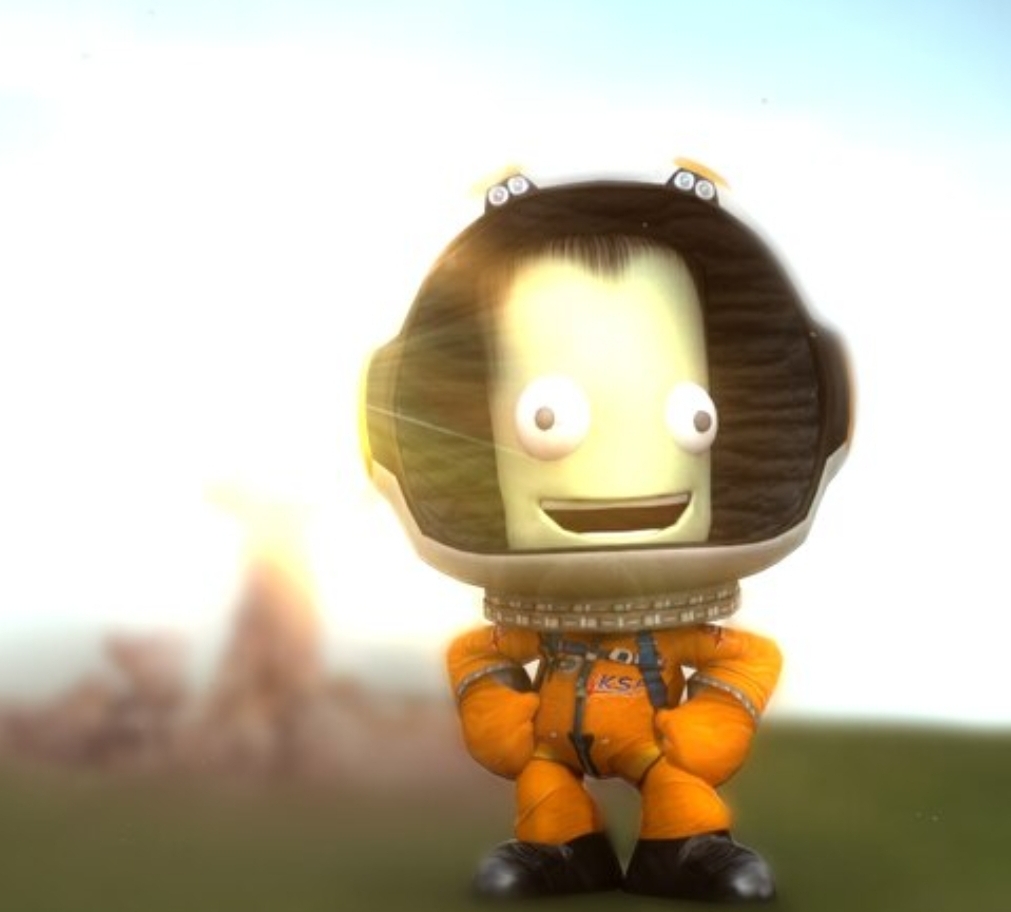Lizard babies, obviously.
Warp 10 is much much faster than light. Warp 1 is the speed of light. Warp 10 is the speed of light times infinity which is considered “transwarp”.
Ackchuyally…
Janeway should have just miscarried.
(ctrl alt del loss reference for the confused)
Aside from the fact that anything with mass cannot travel at the speed of light… Lots of fun things happen as you approach the speed of light. There’s an excellent mostly-hard sci fi novel called Tau Zero that explores this concept in depth and, despite being older, is worth the read.
(1) Time dilation (the universe and you have different clocks).
(2) blueshifting of objects in front of you. At 0.95c, basically all visible starlight in front of you has been blueshifted into ionizing radiation. Fun fun.
(3) shape distortion. You become more needle-shaped – getting very long and skinny, as observed by the rest of the universe.
(4) you become a nuke. At .99c if you run into anything, your kinetic energy related explosion would be roughly 6x the Tsar Bomba (largest nuke ever detonated) for each kg of mass. Or, put another way, each kg of your mass would impact with the energy of 3kg of antimatter contacting 3kg of matter. Boom.
Sci fi always overlooks the last one. Near light speed combat is basically firing buckets of sand at planets and blowing them up.
Speaking of sci fi, Kim Stanley Robinson’s 2312 does a really good job of incorporating the existential dread and lurking horror of weaponized orbital mechanics.
Right! And that’s not even one percent of lightspeed.
If you somehow got rid of your rest mass to move at the speed of causality, two things would happen: first, you’d experience no time; second, you’d instantly crash into your destination and die in a rather energetic way. That’s the neat thing about photons; from a photon’s POV time and distance do not exist. A photon, from its POV, is emitted and absorbed at the same time in the same place.
Much more interesting is having rest mass and moving at a high fraction of c: http://gamelab.mit.edu/games/a-slower-speed-of-light/
The time thing is interesting, but I feel like no one talks much about the appearance of passing objects. That is, I wonder how the image of a passing celestial object might distort due to length contraction and any other effects. I’m still trying to understand that. This article seems pretty digestible, so far.
I’d be on time for something for once when taking the wife and daughter somewhere.
This is the best summary I could come up with:
At high accelerations, “your blood will have a hard time pumping to your extremities,” said Michael Pravica, a professor of physics at the University of Nevada, Las Vegas.
As the g-force increases, your body’s ability to circulate your blood from your feet to your head becomes limited.
Fighter pilots and other people who experience high levels of g-force are taught techniques to keep from passing out, such as tensing muscles in their extremities, and they use special suits to withstand up to 9 g for short periods of time.
Einstein’s theory of special relativity shows that as an object with mass gets closer to the speed of light, the mass starts to increase as it nears the speed of light, Pravica said.
But there’s a big difference between getting an electron to move that fast and launching a person at that speed, which would require so much energy as to be extremely improbable, even if it didn’t break the laws of physics.
If you could move at near light speed, you would experience the effects of relativity on time, Pravica said.
The original article contains 699 words, the summary contains 181 words. Saved 74%. I’m a bot and I’m open source!
‘Speed of light’ compared to what? is what you need to worry about. Most things in the universe won’t be moving at the speed of light compared to you (or whatever you’re inside of), and when you run into them, you won’t last for long.
That’s the neat part of the speed of light. It’s the speed of light for every reference frame, no matter who is looking at you or from where.
If you’re zooming past the Earth at the speed of light headed straight at the Moon, you’ve got about 1 second to enjoy that before you make a very, VERY large crater.
If you change course and head straight at a frozen tardigrade, it will make a VERY large crater in you.
To actually reach the speed of light you’d be massless, so the only damage, would be from momentum transfer, at which point your particles would be reflected or absorbed like light.
But that aside, mostly I was referring to your statement:
‘Speed of Light’ compared to what?
Which is really not a concern. It’s the speed of light for everyone with respect to everything, or it isn’t the speed of light. Like, two beams of light going in opposite directions don’t see the other light beam going at 2x the speed of light, just at the speed of light with lots of time dialation.
You already knew the answer to ‘What would happen if you moved at the speed of light’ was was “To actually reach the speed of light you’d be massless.” No shit. The question was already massless.
deleted by creator
Maybe I missed this on the article but if somehow a human is moving at 186,000 miles per second they would also escape earth’s gravitational pull (and probabbly the sun’s as well) and within a second find themselves just over halfway to the moon and crashing into it a couple of second or two later with enough force for the impact to be seen with the naked eye from earth.












